Not sure which face cream to pick? We’ve rounded up the best anti-ageing ingredients you should always look for on your skincare product labels.
You’d have to be a real skincare whizz to read the back of a cream and know what’s in it. The truth is, Garnier research found that a quarter of women read food packaging, but only one in seven do so for beauty products.
But a tiny amount of know-how can help you find the best anti-ageing ingredients backed up by science. You’ll also be able to find the best products that contain the right things, in the right amounts, to change your skin.
ALSO SEE: These simple anti-ageing hair colour tricks
Here’s our cheat sheet and products that do exactly what they say on the jar. Knowledge is power.
The best anti-ageing ingredients to look for
These aren’t the only ingredients that work, but they are the gold standard and have been continuously proven to do what they claim to. Look for any of the names in brackets, ideally near the top of the ingredients list, or in the recommended percentages to make sure they’re truly effective.
Vitamin A (retinol, retinoids, retinyl palmitate/acetate)
Probably the most revered anti-ageing active by those in the know, vitamin A is converted into retinoic acid in your skin, instructing skin cells to behave as if they’re younger, with a noticeable and cumulative effect on lines, texture and tone. Look for it in serums at concentrations of 0,5 to 1%.
However, take note that it’s potent, makes skin more UV sensitive and can trigger reactions, so start using twice a week, at night, and build up. The results are so worth it.
Try it in…
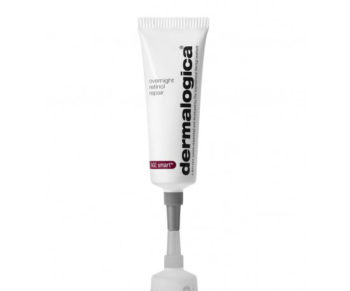
Dermalogica Overnight Retinol Repair, R1495 for 30ml, Dermalogica
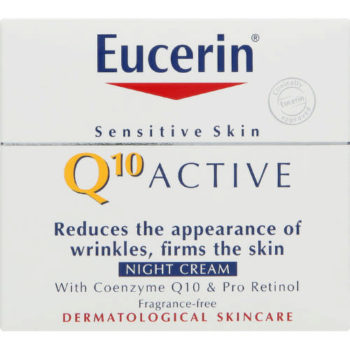
Eucerin Q10 Active Night Cream, R260 for 50ml, Clicks
Alpha hydroxy acids (AHA, glycolic acid, lactic acid, malic acid, citric acid)
Exfoliation is crucial for good skin, and AHAs are the best way to do it, gently loosening the joins between dead skin cells, shifting them to make way for healthy new ones. AHAs also stimulate collagen and elastic fibre growth, and help any other skincare ingredients penetrate more deeply into your skin.
Glycolic acid is widely used as it has low molecular weight so absorbs efficiently, and is tolerated by most in concentrations under 15% (any higher and you’re edging into professional peel territory).
Try it in…
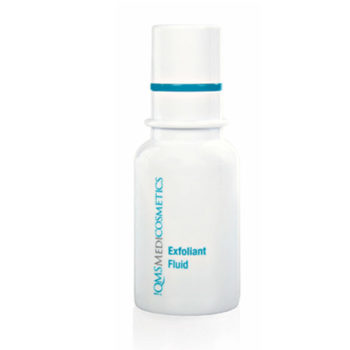
QMS Medicosmetics Exfoliant Fluid, R1 000 for 30ml, Just Skin Aesthetic Clinic
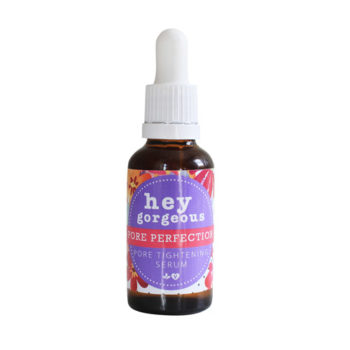
Hey Gorgeous Pore Perfection Pore Refining Serum, R290 for 30ml, Faithful-To-Nature
Hyaluronic acid (HA, sodium hyaluronate, hyaluronan, hyaluronate)
Not really an acid, this sugar is present in our skin naturally, but depletes with age. One HA molecule can hold up to 1 000 times its weight in water, so makes an excellent injectable filler, but also works well when applied topically in creams and serums. This gem strengthens the skin’s barrier to keep hold of hydration, thus plumping out and smoothing.
Try it in…
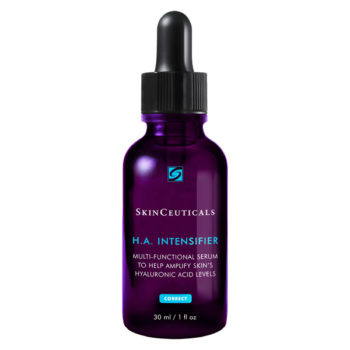
Skinceuticals H.A Intensifier, R1 550 for 30ml, Dermastore
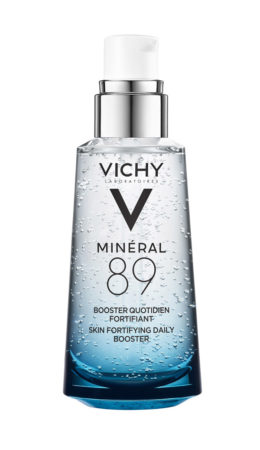
Vichy Minéral 89 Fortifying Daily Booster, R350 for 50ml, Dis-Chem
ALSO SEE: Dry skin rescue for winter
Vitamin C (L-ascorbic acid, ascorbyl palmitate/glucoside, magnesium ascorbyl phosphate)
Vitamin C is a powerful brightener, evens out skin tone, fades sun spots, and protects from pollution and smoke. Light and air destabilise vitamin C, so only buy products in opaque tubes, pumps or sealed doses with at least 12 to 20% concentration to be effective.
Try it in…
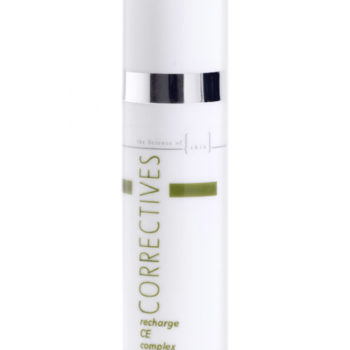
Lamelle Correctives Recharge CE Complex, R720 for 30ml, Dermastore
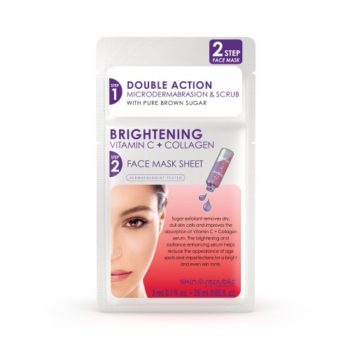
Skin Republic 2 Step Brightening Vitamin C + Collagen Face Mask, R46,95, Dis-Chem
And the ones to watch out for…
There’s a lot of noise around ‘bad’ ingredients, and it depends how much of a purist you want to be, but these are generally agreed to be not-so-great news for your skin.
Artificial fragrance (parfum) serves no real purpose and can irritate. The same goes for ‘simple’ alcohol (isopropyl, ethanol, ethyl), which is often included because it feels refreshing, but can seriously dry out skin. Microbeads are set to be banned due to environmental damage.
Parabens get a bad rap, but testing at L’Oréal Paris Episkin labs found that parabens, such as propyl and butyl, had the potential to be problematic, yet methyl and ethyl parabens showed no issues.
Formaldehyde, triclosan and diethyl phthalate are on the banned list at L’Oréal Paris for their potential to irritate and cause inflammation.

